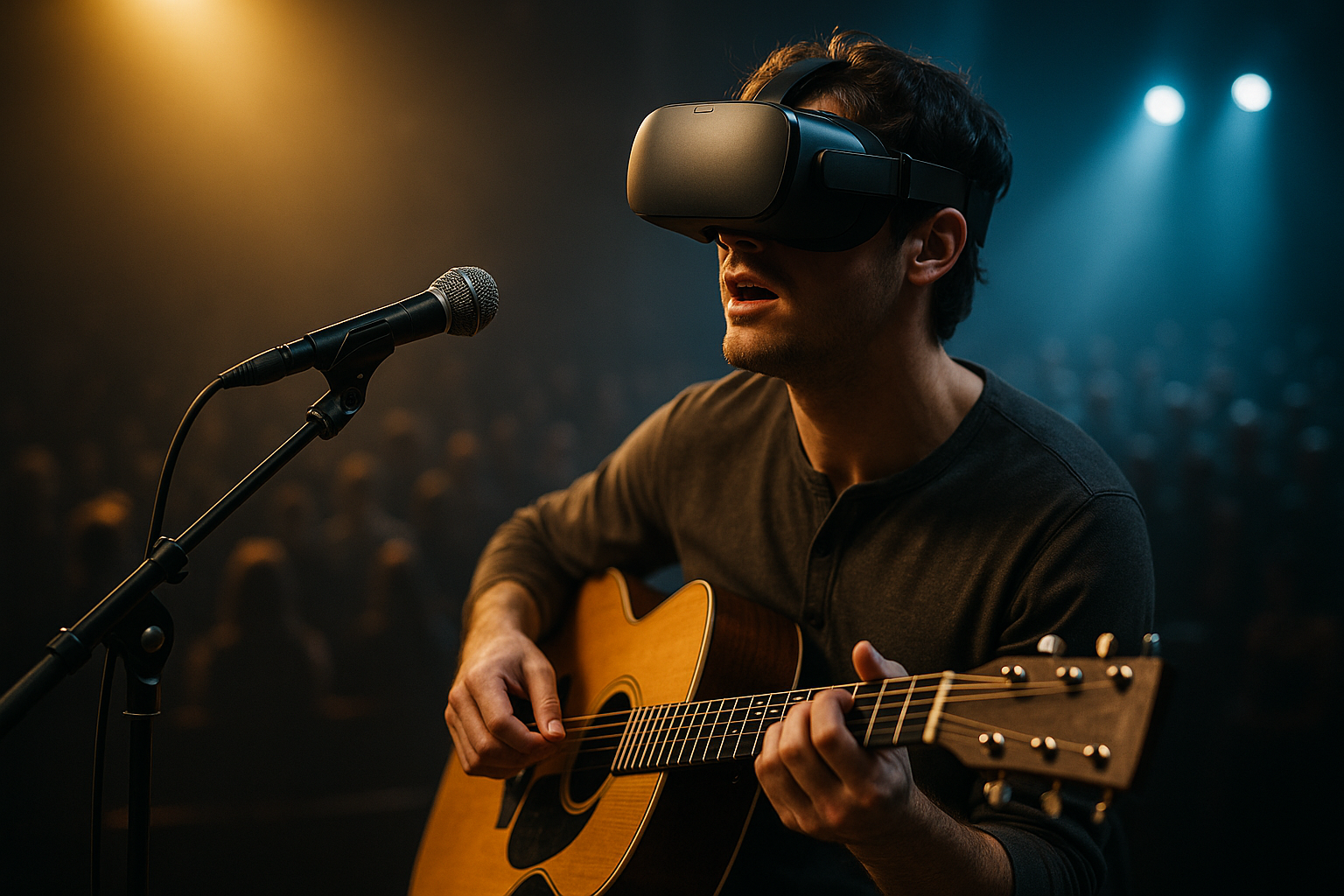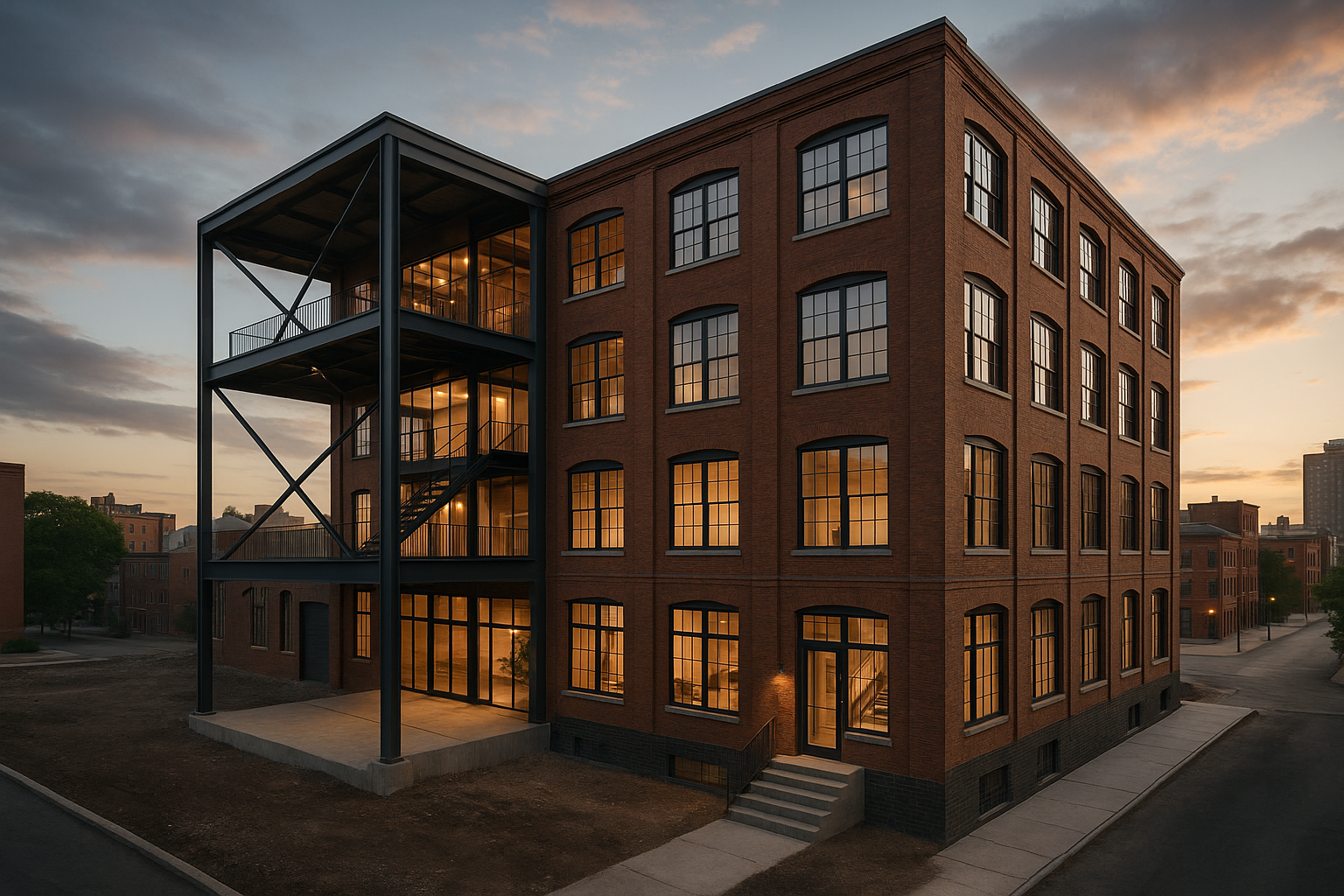Reimagining Reality: The Meteoric Rise of Virtual Reality in Performing Arts
Virtual Reality (VR) is not a new concept, but its application in the realm of performing arts is a phenomenon that has taken the world by storm. As technology continues to evolve, the fusion of VR and performance art is reshaping the landscape of artistic expression. This article delves into the historical context of VR, its current developments in the performing arts, and its far-reaching implications.

A Walk Down Memory Lane: VR’s Evolution
Virtual Reality has come a long way since its inception in the mid-20th century. In its early days, it was a theoretical concept that seemed straight out of a science fiction novel. However, the last decade has seen a rapid acceleration in VR technology, transforming it from a novelty into a practical tool used in various sectors.
In the realm of arts, the initial foray of VR was primarily in visual arts, providing viewers with immersive, 360-degree experiences of exhibitions. However, it didn’t take long for performing arts to recognize the potential of this immersive medium.
Current Strides: VR Meets Performing Arts
Presently, the performing arts sector is embracing VR in a big way. The Royal Shakespeare Company, for instance, has been exploring the use of VR in their productions, providing audiences with a unique, first-person perspective of the plays.
In the music industry, VR concerts are becoming increasingly popular, allowing fans to experience live performances from their living room. Artists like Billie Eilish and Travis Scott have held successful VR concerts, reaching millions of fans worldwide.
The Ripple Effect: VR’s Impact on Performing Arts
The integration of VR into performing arts is transforming the way audiences experience art. It allows them to move beyond being mere spectators, becoming active participants in the performances. This heightened level of interaction is altering the dynamics of performing arts, making it a more inclusive and immersive experience.
Furthermore, VR also provides a solution to the limitations posed by physical venues. With VR, artists can reach global audiences, breaking geographical boundaries that have traditionally confined performing arts.
The Future Beckons: What Lies Ahead
The potential of VR in performing arts is limitless. As technology advances, we can expect to see more innovative uses of VR, pushing the boundaries of artistic expression.
The future could see the emergence of hybrid performances that blend traditional theater with VR, creating multi-dimensional experiences. It could also democratize performing arts, making it accessible to anyone with a VR headset.
In conclusion, the advent of VR in performing arts is a game-changer. Its ability to blur the line between reality and the virtual world provides an exciting platform for artists to experiment and innovate. As we move forward, the fusion of VR and performing arts promises to redefine the way we experience and appreciate art.





